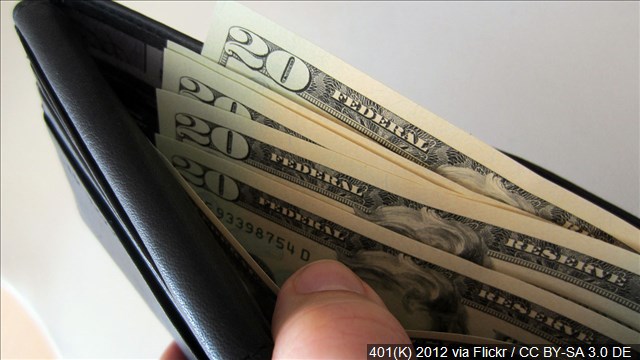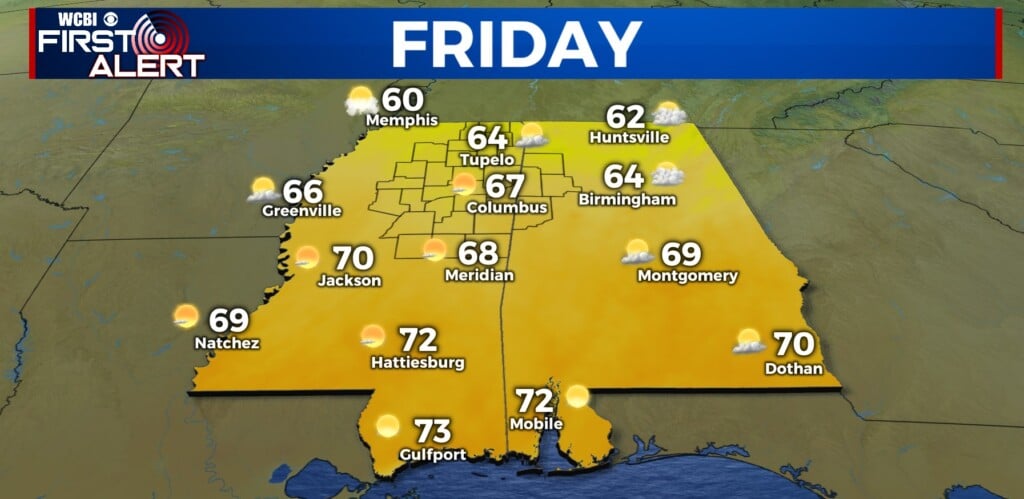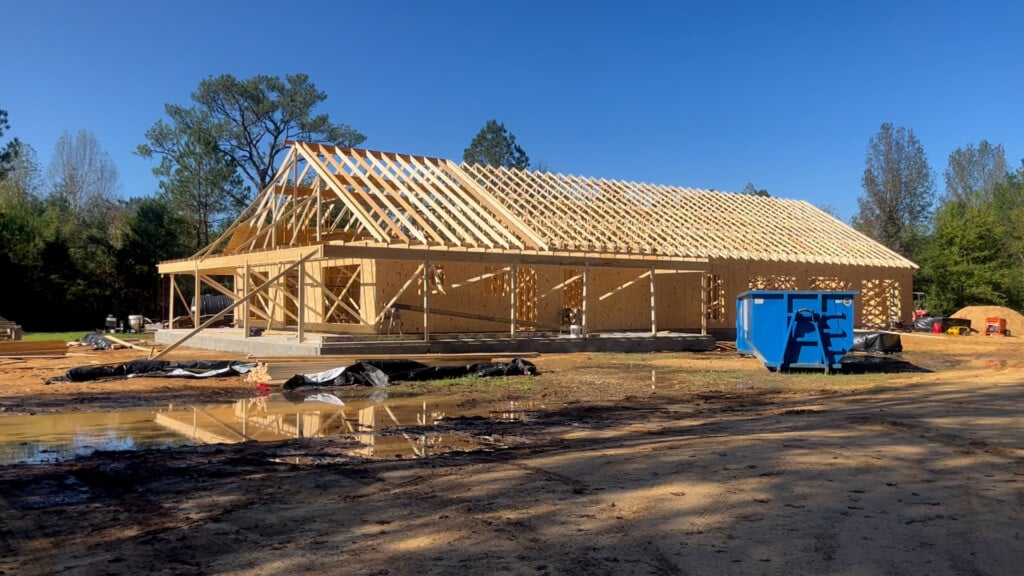Heather’s Weather Lab: How the Wind Blows!
[bitsontherun rNOuH8J7]
COLUMBUS, Miss. (WCBI) – It’s a historic pastime that has fueled science and even American History. Benjamin Franklin did it in the name of science, but millions of others fly a kite for pure enjoyment.
“It’s great relaxation. Doctor’s could do away with blood pressure medication if they’d just give people kites,” said kite flyer Ed McNees
Ed’s flown kites for more than twenty years.
“Fall’s the best time of the year. October has a nice steady breeze instead of a month like April when there tends to be gusts and swirls. Stunt kites with 2 lines need a steady breeze like a sea breeze or like today where it’s blowing out of the south,” said McNees.
So what is the science behind the fuel that keeps Ed’s kite in the air? It’s pretty simple really. Wind is air in motion.
Wind move from areas of high pressure to low pressure. We call this the Coriolis Effect. Because air has weight, it’s another reason why the wind blows.
Since colder air weighs more than warmer air, the pressure of cold air is greater or more dense. When the sun warms the air, the air expand, gets lighter and rises. The cooler heavier hair then blows to where the warmer and lighter air was or in other words, blows from areas of high pressure to areas of low pressure.
And just in case you were wondering…
“If it’s a good day for kite flying it’s a terrible day for scuba diving because the wind will have the water churned up,” said McNees.
And the same is true for hot hair balloon flights. Experts say the maximum safe winds are 10mph.
So the next time you or someone you know decides to fly a kite, you will know the air tight science behind the fun! Now some days are better than others for strong wind gusts. The highest wind ever recorded was 231 miles per hour – it pushed across the summit of mount washington in 1934. Maybe a little to strong for kite flying.





Leave a Reply